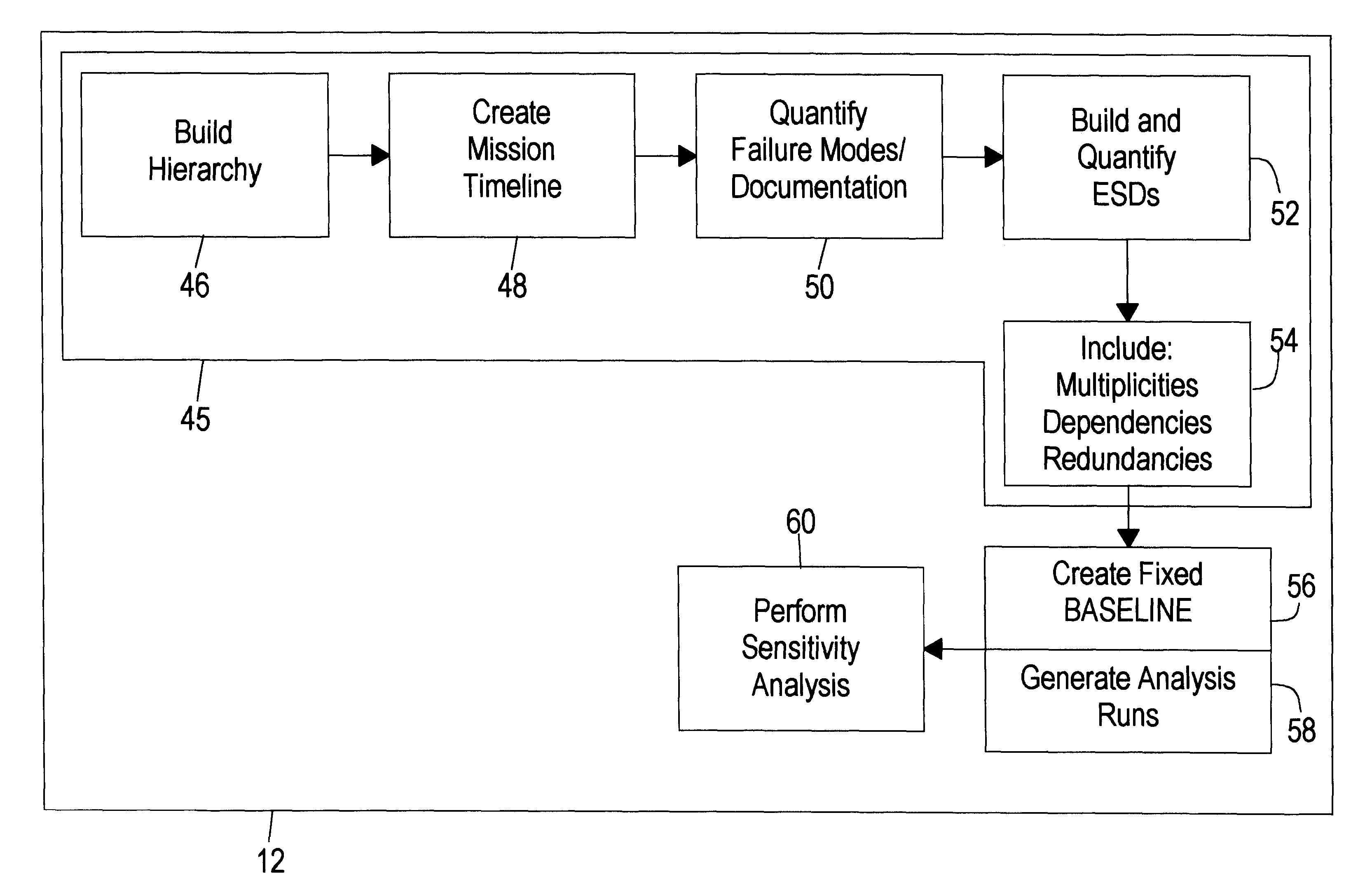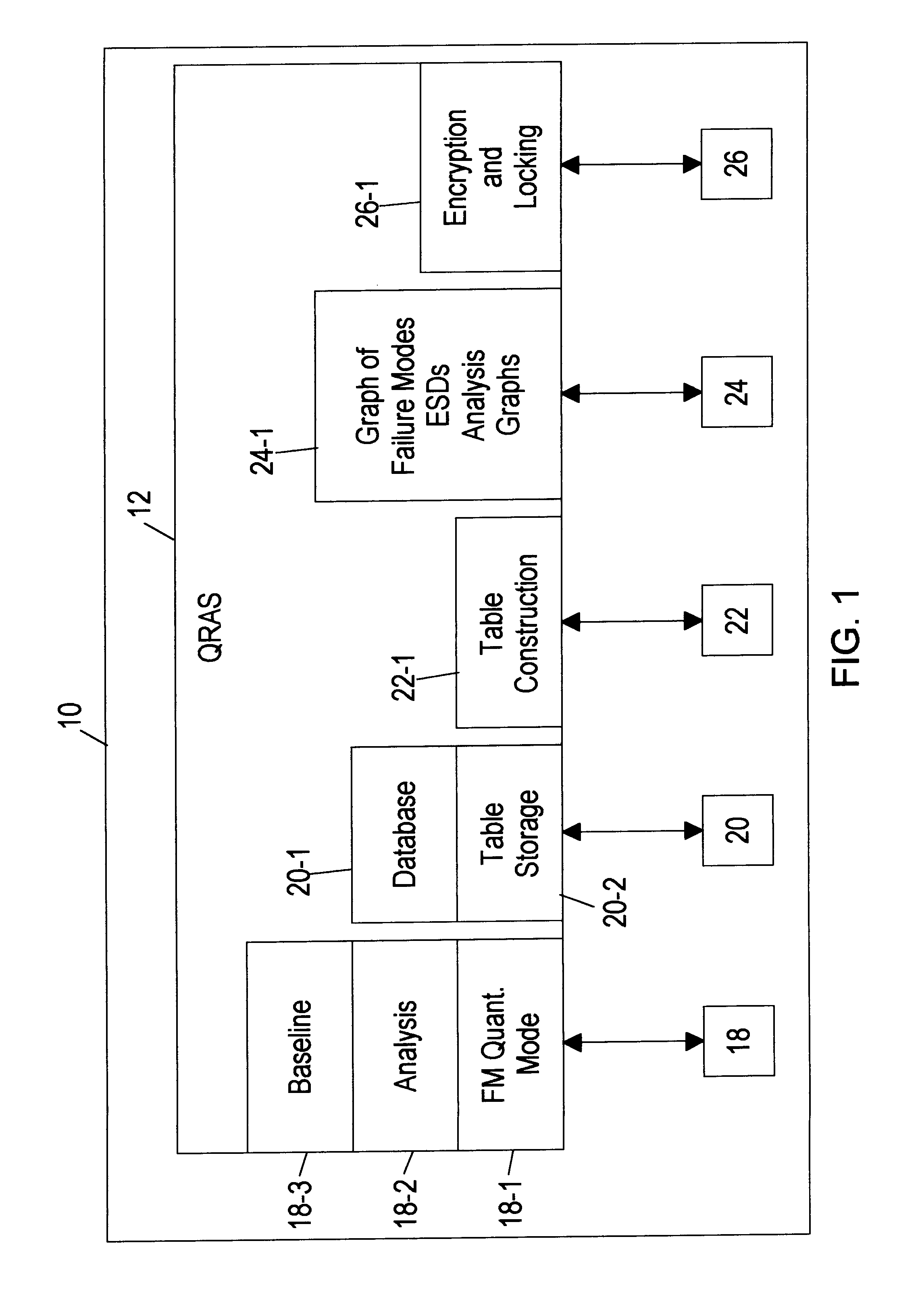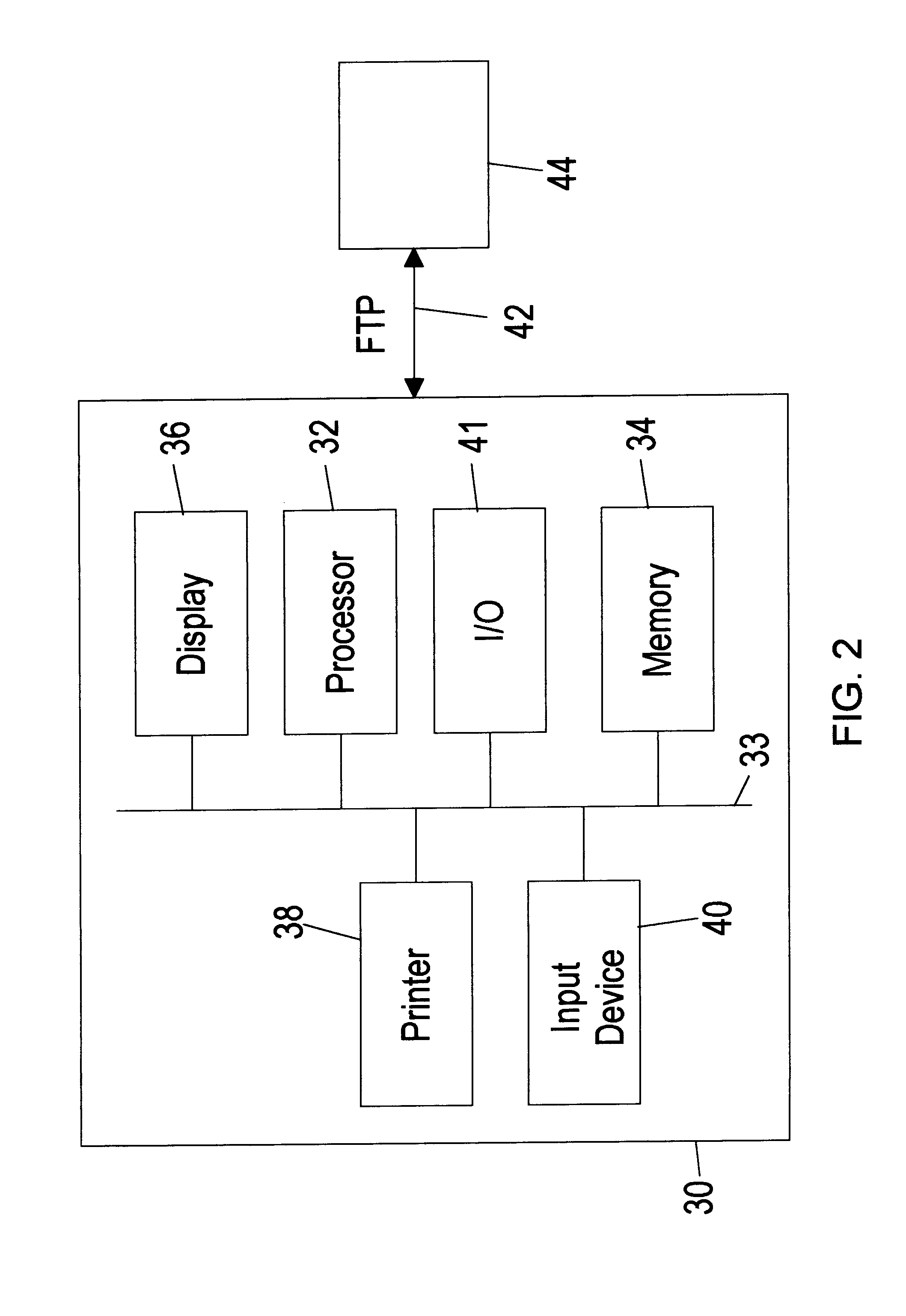Quantitative risk assessment system (QRAS)
a risk assessment and quantitative technology, applied in the field of computer-based risk assessment systems, can solve the problems of providing an upper bound to the true risk, unable to change an element in prior art software, and not being able to handle all elements at the same tim
- Summary
- Abstract
- Description
- Claims
- Application Information
AI Technical Summary
Problems solved by technology
Method used
Image
Examples
Embodiment Construction
12
The following section shows one example of QRAS 12 of the present invention, including WINDOWS-based screens and explanations of QRAS 12 functions provided by features selected from the screens. The following example shows how to create a system model and create and run an analysis using QRAS 12, and discusses the toolbox features and special features of QRAS 12, after a brief explanation of installing the example of QRAS 12.
QRAS 12 is installed by double clicking the QRAS.exe program. QRAS 12 requires conventional MATHEMATICA (Professional version). Once MATHEMATICA is installed on the computer, QRAS 12 must be linked to MATHEMATICA:
(a) In the MATHEMATICA directory is found two folders: Autoload and Addons. First, click on Addons and copy the Statistics sub-folder (located under Standard Packages) into the Autoload folder; (b) QRAS 12 expects MATHEMATICA to be in its standard place: C:.backslash.Program Files.backslash.Wolfram Research.backslash.Mathematica.backslash.3.0. If this...
PUM
 Login to View More
Login to View More Abstract
Description
Claims
Application Information
 Login to View More
Login to View More - R&D
- Intellectual Property
- Life Sciences
- Materials
- Tech Scout
- Unparalleled Data Quality
- Higher Quality Content
- 60% Fewer Hallucinations
Browse by: Latest US Patents, China's latest patents, Technical Efficacy Thesaurus, Application Domain, Technology Topic, Popular Technical Reports.
© 2025 PatSnap. All rights reserved.Legal|Privacy policy|Modern Slavery Act Transparency Statement|Sitemap|About US| Contact US: help@patsnap.com



